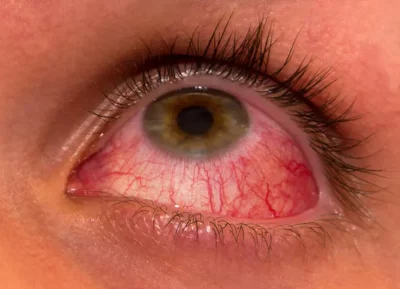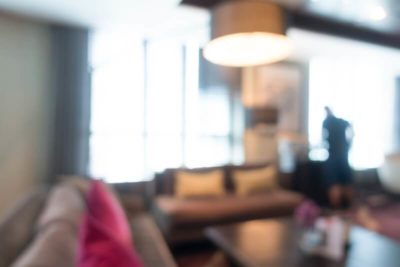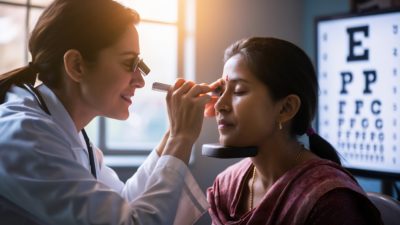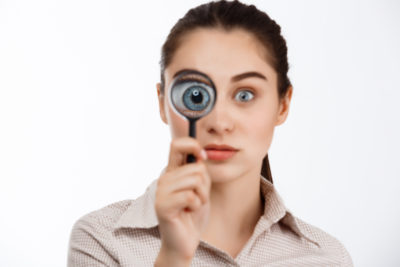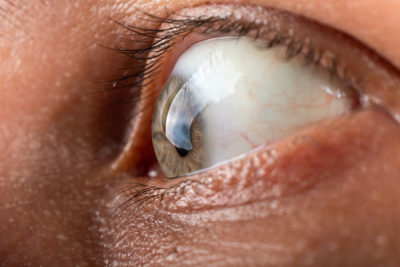Hey Einstein, beat this… Smart phones just had their IQs raised! From being a simple device that transmitted sound, smart phones have gone on to become your eye doctor’s special assistant. New applications are being developed by scientists to help eye specialists do a host of eye tests with the help of their smart phones. Here’s a look at the various apps that have been developed in the last few years…
In 2010, scientists at the Massachusetts Institute of Technology developed an iPhone app that gave prescriptions for glasses. Called the Near-Eye Tool for Refractive Assessment (NETRA), to use this app, the patient has to stare into a small plastic lens which fits over the screen of the iPhone. It was found to accurately perform routine refractive eye test albeit in a much cheaper and simpler way.
In August 2013, the International Centre for Eye Health developed a similar app called Peek (Portable Eye examination Kit). This app uses the camera’s flash light to light up the back of the eye called the retina in addition to using the cell phone’s camera to check the eye lens for cataract. This also tests visual fields, colour vision, contrast sensitivity and can record the patient’s exact location and mail the results to eye doctors.
In September 2013, Researchers from Massachusetts Eye and Ear Institute in Harvard Medical School have developed a new app which helps capture high quality photos of the retina. Earlier studies which relied on the built in camera app in iPhones gave poor results since one could not control the focus independently. This system overcomes this drawback by using the app called ‘Filmic pro’ which allows the user to control focus, light intensity and exposure. This app is used along with a 20D lens. If used with an additional lens (called the Koeppe Lens), better results are obtained, even though the images obtained from the 20D lens alone were excellent.
All these smart phone apps are a boon for poorer nations, where the people who need eye care the most, are often unable to find an eye specialist within their reach. These cheaper, portable options can also be used easily with very little training, thus replacing heavy, expensive conventional eye testing systems. With higher resolution cameras and newer technologies coming in day by day, one can only imagine, what wonders the future will bring!
